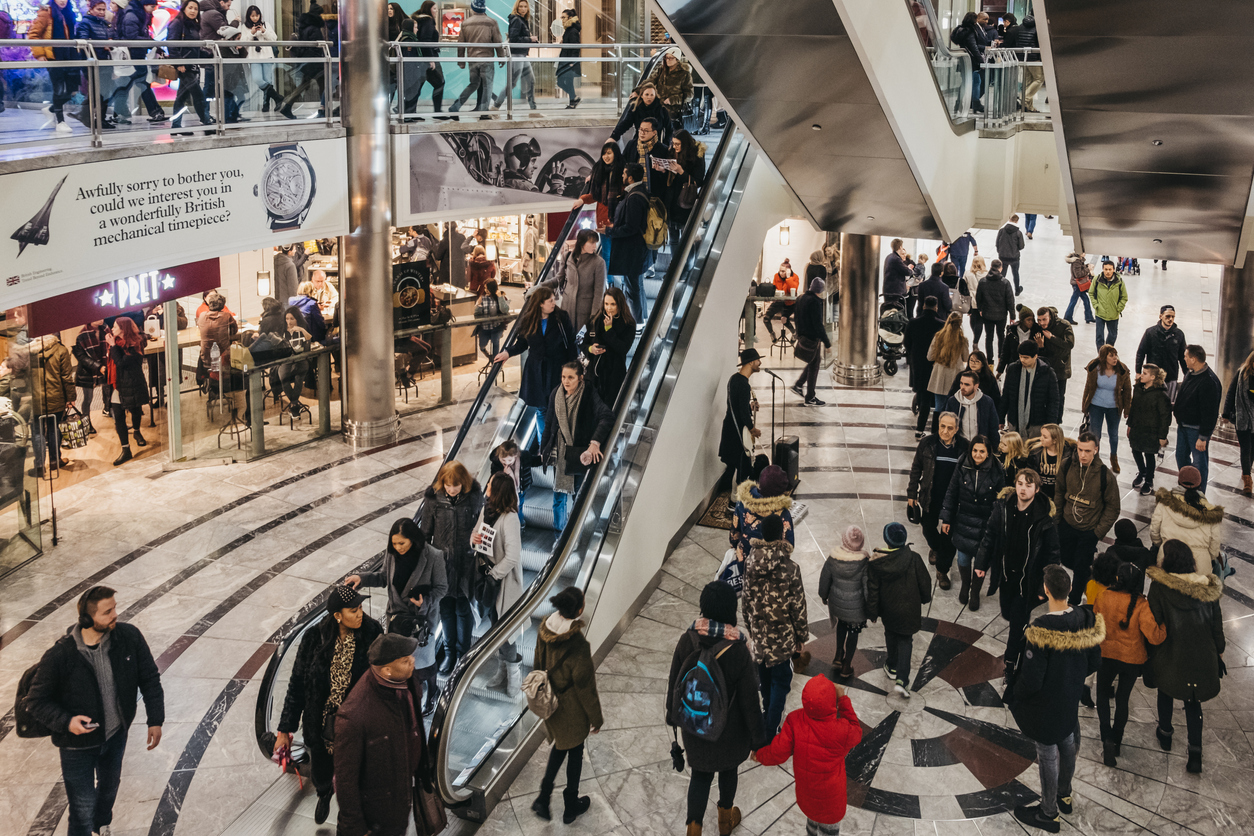On Black Friday, Andy McNab, VP EMEA at Fanplayr, explains how companies can optimise the traditional start of the Christmas shopping season to establish loyal brand followers.
The UK is now the source of more than 10% of the world’s online searches relating to Black Friday, indicating just how enthusiastically British shoppers have embraced an event that stretches over several days. Researchers at Statista expect Black Friday sales this year to increase by more than 20% on last year, with £5.74bn spent online.
The challenge for online retailers and brands is how to optimise revenue and build loyalty from this huge increase in web visits which includes many first-time visitors. Almost seven-in-ten brands are expected to run discounting or promotional campaigns across the Black Friday/Cyber Monday weekend, seeking to attract shoppers entirely focused on bargains. Yet in the intense competition for business, brands need to ensure they maximise revenues through personalisation and do not fall into the trap of unnecessary discounting that inflicts significant damage to the bottom line.
How can they do this when there is such a huge increase in traffic and when competition is so fierce? Many brands are stuck with in-house technologies that treat all customers alike and use undifferentiated offers that either fail to entice take-up because they are irrelevant or fitter away margin through excessive generosity. These solutions nearly always rely on a source of data which will dry up next year once Google joins Apple and Firefox and bans third-party cookies.
First-party cookie data is the new fuel
Increasingly, the solution to the challenges of Black Friday lies in behavioural analytics using a retailer’s own first-party cookies. This offers the ability to segment consumers accurately and interact with them in real-time, using AI-driven insights.
This is about obtaining consent to first-party cookies from a visitor in order to track what they do on a site, potentially using hundreds of attributes covering dwell-time, speed of movement and page views, as well as interest in specific products. Historical data about what customers did on previous visits helps build a pattern of behaviour and preferences, employed for accurate segmentation and the incentivising of customers with personalised offers or promotions.
Fast analysis and insight about Black Friday web visitors
Using such an approach for Black Friday, businesses can establish a baseline of what the average conversion journey looks like, moving to identify the factors that indicate a web visitor will not make a purchase. Common signs include the failure to visit a product page, long dwell times, weak activity on certain pages and of course, no items placed in a basket.
Brands that are looking for volume can place discounts on their homepage or popular landing pages, but this can be a costly tactic. If they employ behavioural-based segmentation, however, brands can keep offers back and use them as incentives to move consumers along the sales funnel. Through automation, they can target visitors who are milling around on the site but have not placed anything in their basket, using reminders about the offer that is open to them. Equally, when a mouse moves towards the top right corner to close a page, retailers can intervene with a discount.
The fact that a brand may have masses of new web visitors on Black Friday is not a problem. It is possible to use analytics to monitor behaviour and build a picture of individual consumers within 50 milliseconds of their arrival. Segmentation can be very flexible, adapting triggers very quickly to individual habits and preferences, rather than treating all visitors alike with the same offers.
Building loyalty after the event
To build loyalty after Black Friday, personalisation must again come to the fore, but in a subtle way. Follow-up emails should include offers that are relevant but not creepily personal. The fact someone bought a squash racket six months ago does not mean they want offers about golf clubs, replica football kits or half-size snooker tables. Some areas of retail lend themselves more readily to follow-up marketing, however. Vehicle dealerships, for example, have registration anniversaries and MOT dates they can use to contact customers without seeming intrusive.
After the final demise of third-party cookies next year, driven by privacy concerns, first-party cookie data will become the primary fuel for insight into consumer website behaviour. Third-party cookie data will be completely unavailable. In the meantime, continued use of in-house solutions using third-party cookie data will undermine revenues through failure to segment accurately and the inability to provide genuinely personalised offers and promotions in real-time.
Online retailers and brands would be far better advised to explore the advantages of behavioural analytics and AI-driven insight using first-party cookies. Rather than annoying consumers with pop-ups and discounts for products they do not want, this approach makes deciding on a purchase much easier. The key element is the ability to understand the consumer almost as soon as they visit, gaining ever-greater insight whenever they return. It is an approach that personalises responses according to a consumer’s behaviour as it evolves, rather than sticking to rigid rules.
This is how brands and retailers can maximise their returns from many more Black Fridays and help ensure that much higher percentages of web visitors go on to become loyal customers.











